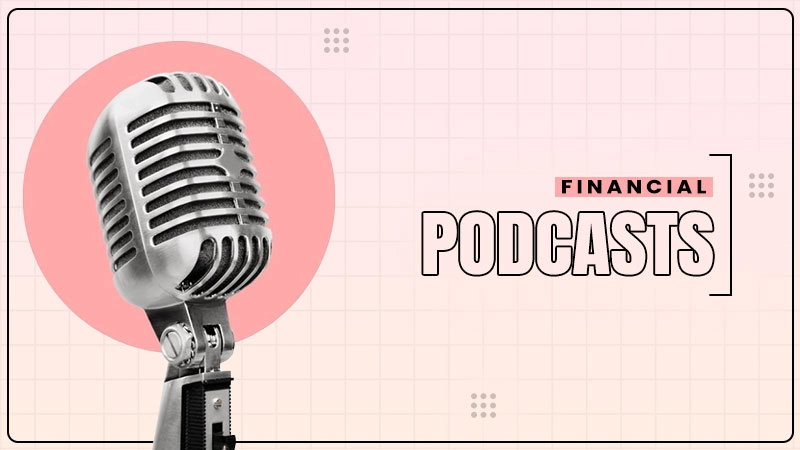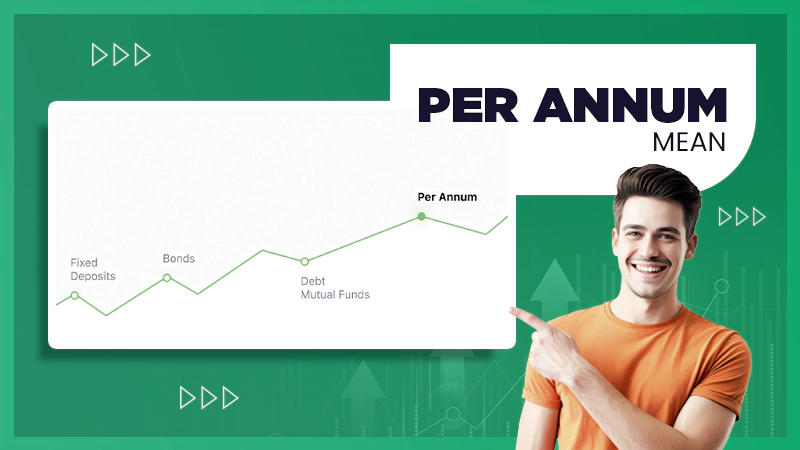
Taking on a loan is rarely simple, as at first glance, most offers look alike: a rate, a payment schedule, maybe a line or two about fees. Yet the wrong choice can tie you to higher costs, rigid terms, or penalties you didn’t expect. Many Canadians only realize those details when it’s too late. A careful comparison before you sign can prevent years of stress and wasted money.
Choosing the right offer is not about chasing the lowest rate. First, you need to understand the whole picture – how much the loan will cost over time, how it fits your budget, and what flexibility it gives you when life changes. That’s as true for mortgages as it is for personal loans, car loans, or lines of credit.
Why Loan Comparisons Matter More Than Ever
In Canada, borrowing conditions shift quickly with changes to the Bank of Canada’s policy rate. Variable loans can become more expensive almost overnight, while fixed loans protect you but often come with fewer flexible options. On top of this, every lender, whether a bank, credit union, or online platform, has its own structure of fees, penalties, and repayment rules.
A rate difference of just half a percentage point can add up to thousands of dollars over the life of a loan. Add in prepayment charges or administration fees, and a “cheap” loan may turn out to be the most expensive option on the table. That’s why borrowers need to dig deeper and ask questions before deciding.
Assessing Your Own Financial Needs First
Write down your income, fixed expenses (housing, insurance, groceries, transportation), and variable expenses. Ask yourself: how much room is left each month for loan payments without creating strain? If your budget only leaves a narrow margin, prioritize stability—fixed payments and predictable terms.
Next, look at your debt-to-income ratio. Lenders in Canada use this to gauge affordability. If more than 40% of your income is already committed to debt payments, your options may be limited, and taking on more risk with a variable loan could be dangerous.
Think about your future plans. Do you expect to move, change jobs, or support family in the next few years? Flexibility matters more if your life situation is likely to shift. A portable mortgage or a loan with generous prepayment options may be worth a slightly higher rate.
Finally, be honest about your risk tolerance. Could you handle a sudden $200–$300 increase in monthly payments if interest rates rise? If that thought keeps you awake at night, choose predictability over potential short-term savings.
Looking Beyond the Interest Rate
The first number that catches everyone’s eye is the interest rate. While important, it doesn’t tell the full story.
- APR (Annual Percentage Rate): This is a more accurate measure because it includes many fees alongside the rate itself. Comparing APRs gives you a clearer picture than comparing interest rates alone.
- Term vs. Amortization: For mortgages, the “term” is the length of the contract (often 1 to 5 years), while “amortization” is the total time it would take to pay the loan off in full (often 25 or 30 years). You need to know both.
- Payment Frequency: Monthly, bi-weekly, or weekly payments affect how quickly you reduce your balance and how much interest accrues. Accelerated payments save money, but not every lender offers them.
- Fees: Origination charges, appraisal costs, legal fees, insurance requirements, and account setup fees all raise the real cost of a loan. These need to be spelled out in writing before you commit.
If you’re looking at a personal loan online through a credit union such as Innovation CU, or weighing mortgage options from big banks, the process of comparison follows the same core principles.

The Penalty Problem
Many Canadians learn about penalties only when they try to change their loan mid-term. Life doesn’t stand still: jobs change, families grow, people move cities. If your loan punishes you for adapting, you’ll pay for that rigidity.
Ask lenders:
- How much will it cost to pay off early, in part or in full?
- Can I make lump-sum payments each year, and how large can they be?
- What if I sell my home, refinance, or move before the end of the term?
Some lenders allow 10–20% of the principal to be paid down each year without penalty. Others have strict penalties equal to several months’ interest or more. Those details can make or break the usefulness of an offer.
Fixed or Variable: Deciding Which Fits You
In recent years, Canadians have faced sharp swings in borrowing costs. Variable loans tend to start cheaper but climb if the Bank of Canada raises its rate. Fixed loans lock in predictability but might cost more at the outset.
The choice depends on your tolerance for risk and your financial cushion. If your budget is tight and a payment jump would be stressful, a fixed term may be safer. If you can handle swings and want the chance of saving should rates drop, variable may appeal. Either way, you should ask lenders to run numbers on both options so you see exactly how your payments change in different scenarios.
What to Ask Every Lender Before You Decide
Here’s how to make sure you don’t miss critical details:
- What’s the APR, not just the rate?
- What fees apply at closing, and are any recurring?
- What’s the penalty for breaking the loan early?
- Can I make extra payments? How much and how often?
- How is the payment schedule structured? Can I switch to bi-weekly or accelerated payments?
- If the loan is variable, what index is it tied to, and how often can it change?
- What happens when the term ends? Will I automatically be renewed, or can I renegotiate?
- Are there features like portability (moving the loan to a new property) or assumability (someone else taking it over)?
Asking these questions forces lenders to be transparent and makes comparisons clearer. Keep their answers in writing so you can weigh them fairly.
How to Make the Final Decision
Once you’ve gathered all the details, the real work is deciding which loan actually makes sense for you. Start by comparing the total cost over the period you expect to keep the loan, not just the full amortization. Many people move, refinance, or pay off earlier, so it’s important to look at what you’ll pay in interest, fees, and possible penalties over the years that matter most.
If you’re considering a variable rate, run the numbers on a worst-case payment scenario. Ask yourself how much stress a two-point rate increase would put on your monthly budget.
Next, think about flexibility. Life changes—extra income, a move, or job changes—so a loan that allows lump-sum payments or easier exits can save you money long-term.
Finally, look at the clarity of fees and conditions. A good loan isn’t just affordable; it’s predictable and adaptable to your life.
The Bottom Line
Loans can either be tools that help you move forward or traps that hold you back. The difference comes down to preparation. You need to ask the right questions, demand clear answers, and compare every aspect to give yourself control.
Borrowing is about whether the loan will still fit tomorrow, next year, or when your life takes an unexpected turn. Taking the time now to compare carefully is the best way to ensure that when those turns come, your loan won’t add to the burden.







